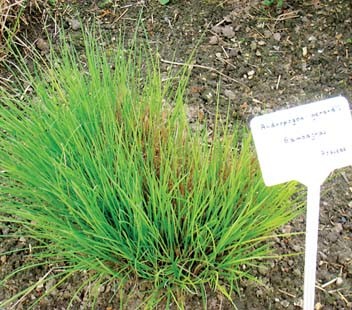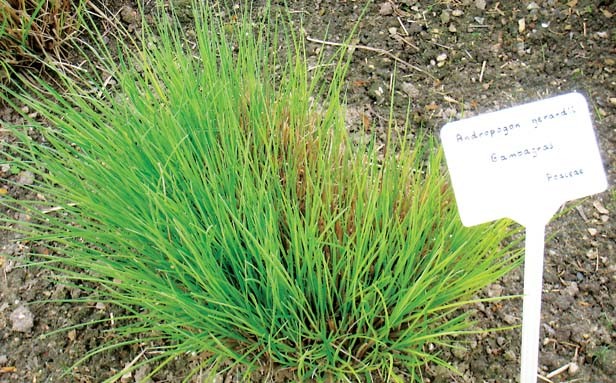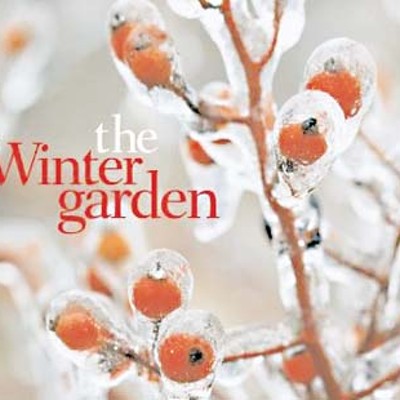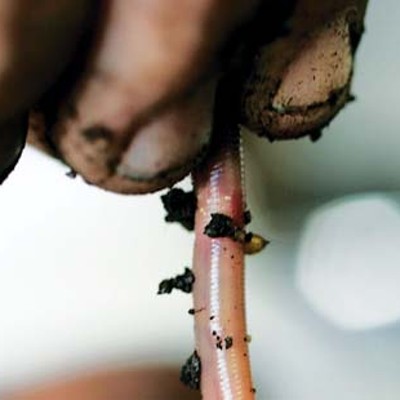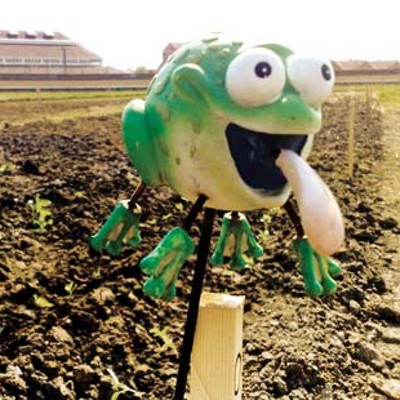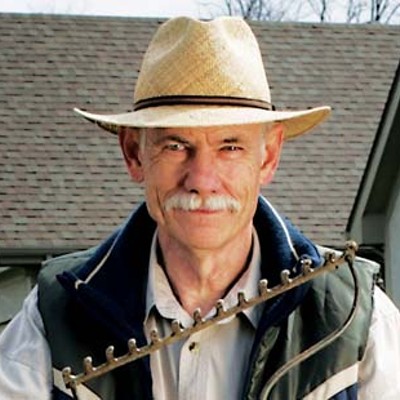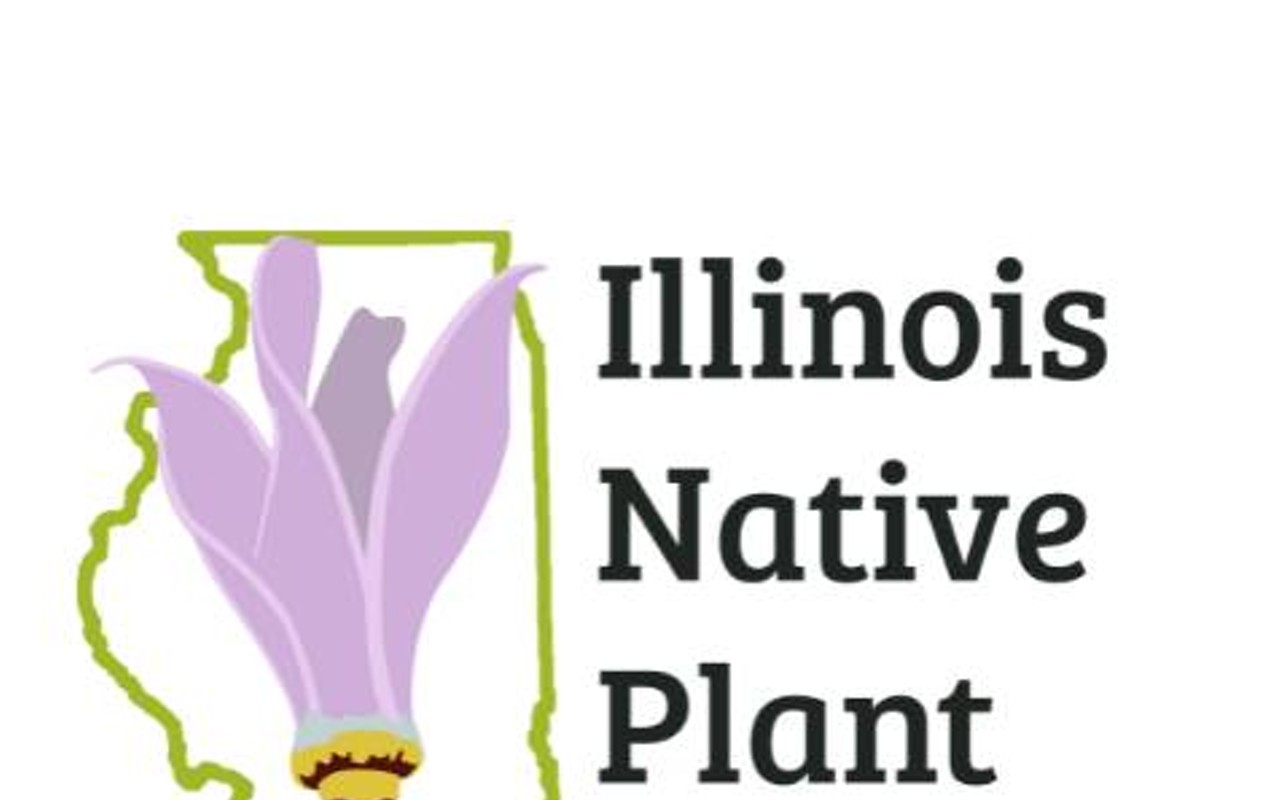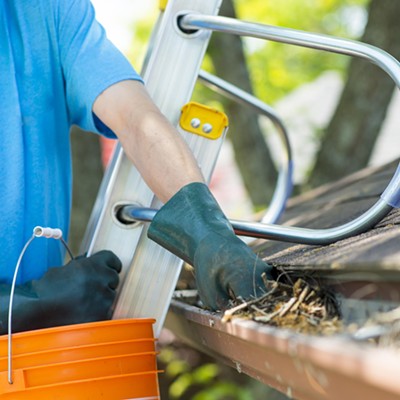Native plants and grasses can be welcome additions in the landscape, adding beauty, movement and sound. By planting an expanded area of native grasses, or by mixing grasses with shrubs and flowers, gardeners can reap environmental benefits, including less watering, less need for fertilizer and herbicides, resistance to invasive species and attraction to birds.
First let’s define “native plant.” The only truly native plants are ones that still grow where they originated. Most literature refers to native plants in the United States as plants that existed in an area prior to the arrival of European settlers. Prior to settlers in Illinois, landscape consisted of 22 million acres of prairie. Today less than one hundredth of one percent of the original undisturbed prairies exist in Illinois.
Prairie plants have evolved with the climate, soils and pathogens in their native habitat for thousands of year. Extensive root systems make prairie plants resistant to drought and dry conditions, they can reduce soil erosion, and in general prairie plants have few insect and disease problems. Once established, prairie plants need minimum maintenance, and they provide habitat for birds and other grassland animals.
Native grasses provide year round interest and offer a great diversity of leaf textures, colors and flowers. Most grasses flower in the late summer. Grasses can be incorporated into existing flower gardens or as separate prairie plantings in the landscape.
In 1989, big bluestem was designated the Illinois Official Prairie Grass. Big bluestem, Andropogon gerardii, is a warm-season grass that was once the chief grass of the tallgrass prairie. Big bluestem grows six to eight feet tall and has a fibrous root system up to 12 feet deep. This tall slender stemmed grass ranges in color from bluish-green in the summer to reddish-brown or orange in the fall. Flowers appear in late summer. This grass is easily identified by its purplish hairy stems, and its seed head which branches into three parts, resembling a turkey’s foot. The leaves turn a yellow or coppery color in the fall. Big bluestem makes a nice specimen plant or a quick screen.
Little bluestem, Schizachyrium scoparium, has bluish stems that change from orange to russet red color throughout the fall and winter. Little bluestem’s common name refers to the bluish coloration at the base of the stem. It reaches a height of two to four feet and has a dense root system which may reach five to eight feet deep. Fluffy white seed heads are produced in late summer on arching stems.
Using native plants can cut down on exotic invaders that we bring into our gardens. Prairie plants are best planted in the spring, while late fall is the best time to sow prairie plant seeds. Purchase native plant species from reputable local nurseries or mail-order catalogs. Usually plants from a local source are adapted to your area. Avoid digging native plants from the wild.
The Illinois Department of Natural Resources has a publication, Prairie Establishment and Landscaping, by William E. McClain, that is available in print and on the Internet at http://dnr.state.il.us/conservation/naturalheritage/prairie/table.htm. This publication also offers a list of sources of native Illinois prairie plant seeds.
Contact Jennifer Fishburn at [email protected].

